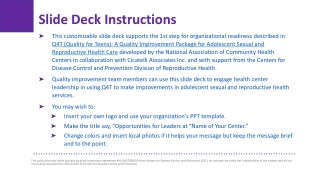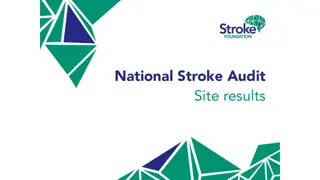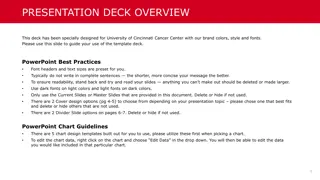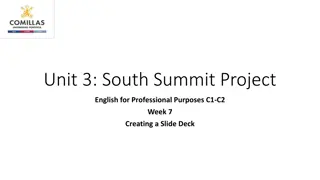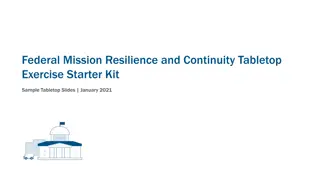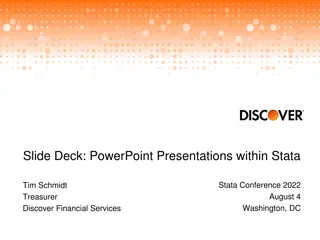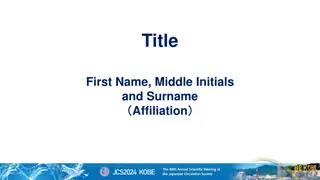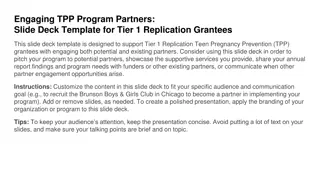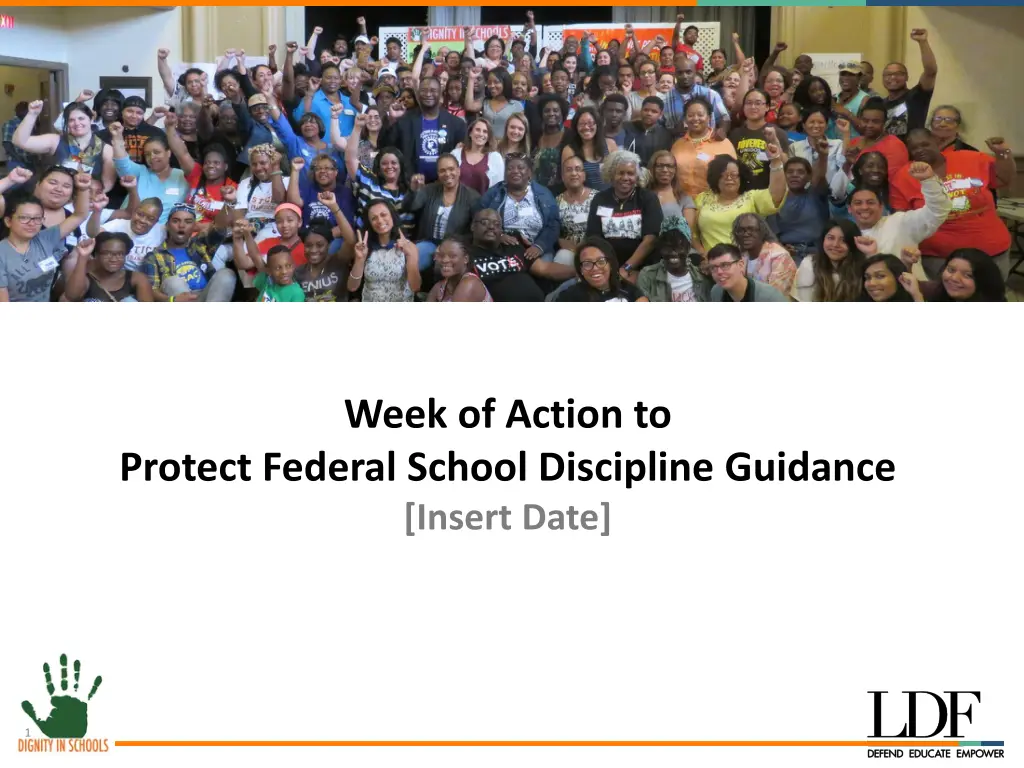
Action to Protect Federal School Discipline Guidance - Importance & Recommendations
Explore the significance of Federal School Discipline Guidance, including background, need for equitable practices in student discipline, and the role of the 2014 guidance package in promoting positive school climates and reducing disparities. Stay informed about the current status and potential challenges facing the guidance.
Download Presentation

Please find below an Image/Link to download the presentation.
The content on the website is provided AS IS for your information and personal use only. It may not be sold, licensed, or shared on other websites without obtaining consent from the author. If you encounter any issues during the download, it is possible that the publisher has removed the file from their server.
You are allowed to download the files provided on this website for personal or commercial use, subject to the condition that they are used lawfully. All files are the property of their respective owners.
The content on the website is provided AS IS for your information and personal use only. It may not be sold, licensed, or shared on other websites without obtaining consent from the author.
E N D
Presentation Transcript
Week of Action to Protect Federal School Discipline Guidance [Insert Date] 1
Agenda Welcome and Overview Background & Why School Discipline Guidance is Needed What is the Federal School Discipline Guidance? Where We Are Now Discussion/Next Steps Beyond the Week of Action Q&A
Background: What is Federal Guidance? Federal agencies often develop guidance documents to clarify existing laws where they may be confusion. Guidance documents do not create new laws or new requirements. They are intended to assist those who are required to meet existing laws (e.g. states, districts, schools).
Background: Why School Discipline Guidance is Needed Nationwide, 2.8 million K-12 students received one-or-more out of school suspensions during the 2013-2014 school year. Students of color are disproportionately impacted by school push out. Black K-12 students are 3.8 times more likely to receive an out-of- school suspension than white students. Black students are 2.2 times as likely to receive a referral to law enforcement or be subject to a school-related arrest as white students.
Background: Why School Discipline Guidance is Needed Black students do not misbehave more than their white peers. They are more likely to be disciplined for minor, subjective offenses. This is due to conscious and unconscious bias against students of color. Schools can and must ensure that all students have equitable opportunities to learn and succeed. Schools and districts should implement: Positive Behavioral Interventions and Supports; Restorative and Transformative Justice Practices; and Professional development for school staff and administrators to help them recognize and address their bias.
What is the Federal School Discipline Guidance? In 2014, the U.S. Department of Education and the U.S. Department of Justice released a school discipline guidance package to assist states, districts, and schools in developing policies and practices to meet existing federal civil rights laws and promote positive school climates. The guidance documents are intended to help schools serve students more effectively by: Encouraging them to avoid pushing students out of school; Reminding them that racial discrimination including discrimination in school discipline is illegal; and Providing recommendations and resources to reduce disparities in exclusionary discipline.
Where We Are Now In November, the Education Department met with a group calling for the elimination of the school discipline guidance. The Department has already withdrawn guidance clarifying protections for transgender students and survivors of sexual assault on college campuses. Some have also called for stricter discipline polices in the wake of the Stoneman Douglas High School shooting. Withdrawing the school discipline guidance could lead some schools and districts to roll back the progress they have made however, withdrawing the guidance would have no effect on the law.
Discussion/Next Steps Week of Action to Protect the Federal School Discipline Guidance: March 16th through March 22nd [Insert opportunities for participants to support the school discipline guidance during the Week of Action (e.g. sign on to a letter to the U.S. Department of Education, and/or participate in an upcoming action)] [You could also use the webinar as an opportunity to brainstorm and decide on one or more actions your participants would like to help organize during the Week of Action. See the Week of Action One-Pager for a list of sample actions to get started]
Beyond the Week of Action Continue to push for school discipline reform: Use recommendations in the guidance to push for change. Advocate for language from the guidance to be incorporated into state and local policies and guidance. Share your stories with DSC and LDF: Stories of those directly impacted can help promote change! Send DSC/LDF stories of students of color who have been unfairly disciplined. DSC/LDF also wants to hear about schools or districts that have implemented positive discipline approaches. Send your stories to eolsson@naacpldf.org.
Resources U.S. Department of Education & U.S. Department of Justice, Joint Dear Colleague Letter: https://www2.ed.gov/about/offices/list/ocr/letters/colleague-201401- title-vi.html Leadership Conference Education Fund, School Discipline Guidance and Students Civil Rights: http://civilrightsdocs.info/pdf/education/School-Discipline-Policy- Brief.pdf U.S. Department of Education, 2013-2014 Civil Rights Data Collection First Look: https://www2.ed.gov/about/offices/list/ocr/docs/2013-14-first-look.pdf

